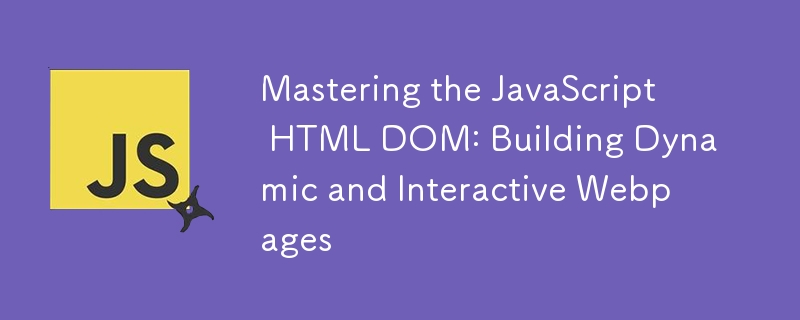Found a total of 10000 related content
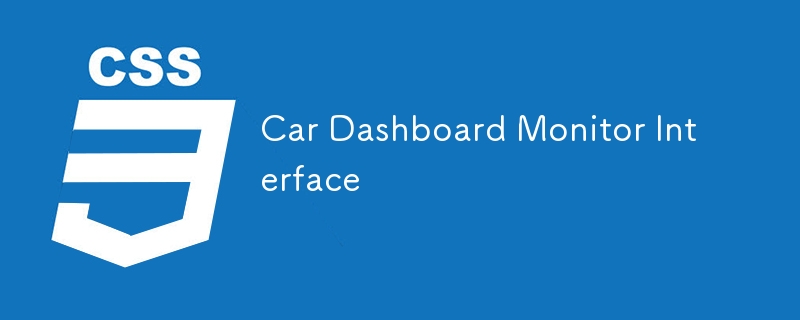
Car Dashboard Monitor Interface
Article Introduction:In this project, you will create an interactive Car Dashboard Monitor interface using HTML and CSS. While this interface won't include any JavaScript functionality (just HTML and CSS for now), it will allow you to practice advanced layout techniques
2024-12-20
comment 0
536
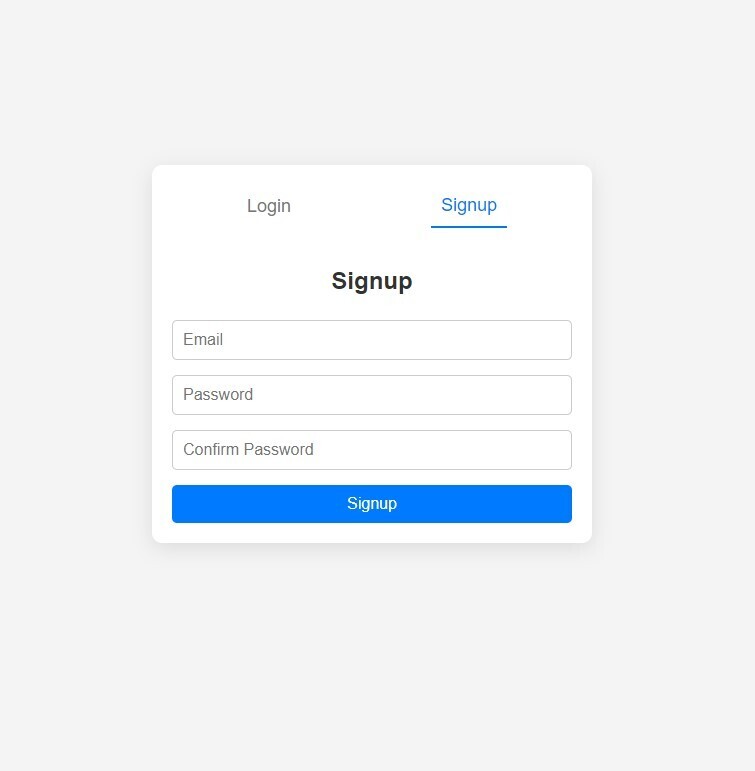
Login Signup Interface
Article Introduction:? Beginner Project: Login/Signup Interface ?
In this project, you'll create a simple Login and Signup Interface using only HTML and CSS. It's a perfect project for beginners to understand structuring forms, applying basic styles, and designing
2024-12-17
comment 0
1086

Grouping?Selection?List?Items Together?With?CSS?Grid
Article Introduction:Preethi demonstrates how to make a user interface to group selected items using CSS Grid using two different methods: the auto-fill keyword for stable layouts and the span keyword for flexible arrangements.
2025-03-07
comment 0
675
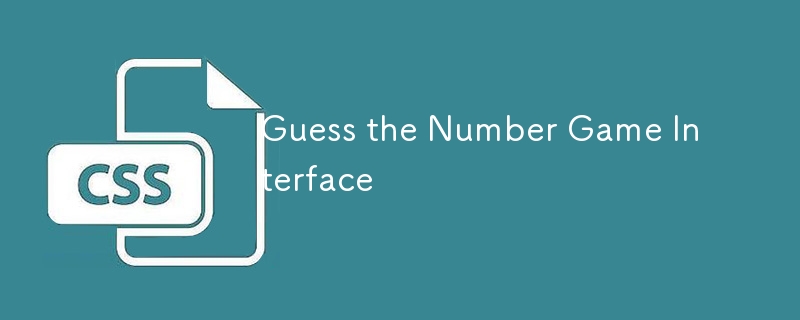
Guess the Number Game Interface
Article Introduction:In this project, you'll create a simple Guess the Number game interface using HTML and CSS. While this is a static project (no JavaScript), it will allow beginners to practice designing a user-friendly interface with buttons, inputs, and text display
2024-12-23
comment 0
1025
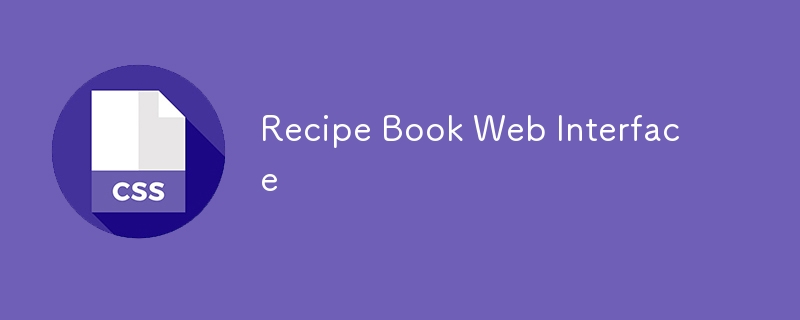
Recipe Book Web Interface
Article Introduction:In this project, you'll build a Recipe Book Web Interface using HTML and CSS. This project introduces learners to advanced layout concepts like CSS Grid, Flexbox, and hover effects, while also covering the use of images and responsive design.
2024-12-27
comment 0
392
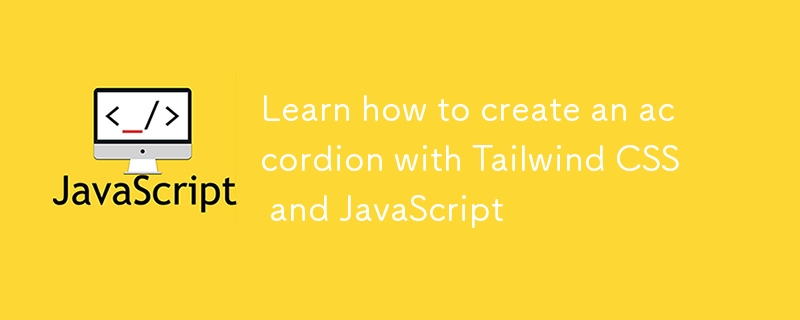
Learn how to create an accordion with Tailwind CSS and JavaScript
Article Introduction:This tutorial demonstrates building an accordion component using Tailwind CSS and JavaScript, a simpler alternative to our previous AlpineJS implementation.
Understanding Accordions
An accordion is a user interface element presenting a collapsible li
2025-01-16
comment 0
544

Bootstrap and React: Creating Responsive Web Applications
Article Introduction:How to create responsive web applications using Bootstrap and React? By combining Bootstrap's CSS framework and React's componentized architecture, modern, flexible and easy to maintain can be created. The specific steps include: 1) Importing the CSS file of Bootstrap and using its class to style React components; 2) Using React's componentization to manage state and logic; 3) Loading Bootstrap styles as needed to optimize performance; 4) Creating a dynamic interface using React's Hooks and Bootstrap's JavaScript components.
2025-05-03
comment 0
711
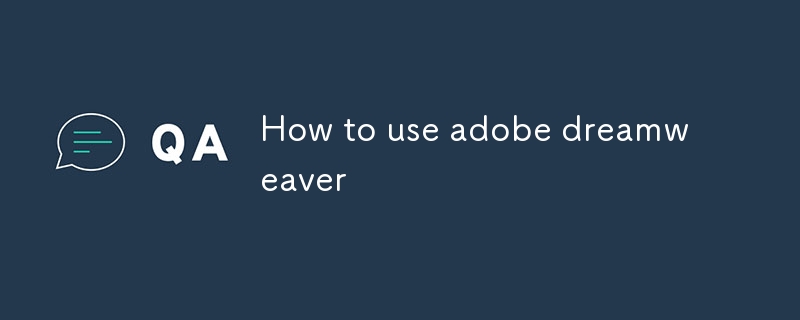
How to use adobe dreamweaver
Article Introduction:This article provides a comprehensive guide to Adobe Dreamweaver, covering its interface, core functionalities (site creation, code editing, responsive design using CSS media queries and fluid grids), and essential features for beginners. It also ad
2025-03-06
comment 0
1012
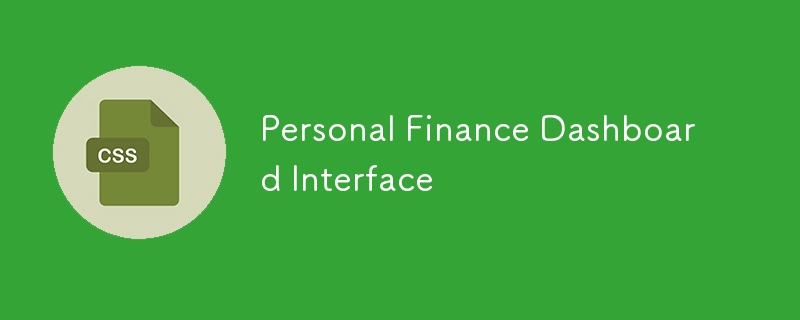
Personal Finance Dashboard Interface
Article Introduction:? Explaining the Personal Finance Dashboard Project for an Intermediate Class
This project offers a practical introduction to structuring, styling, and enhancing a real-world interface using HTML and CSS. It provides a foundation for more compl
2024-12-22
comment 0
450
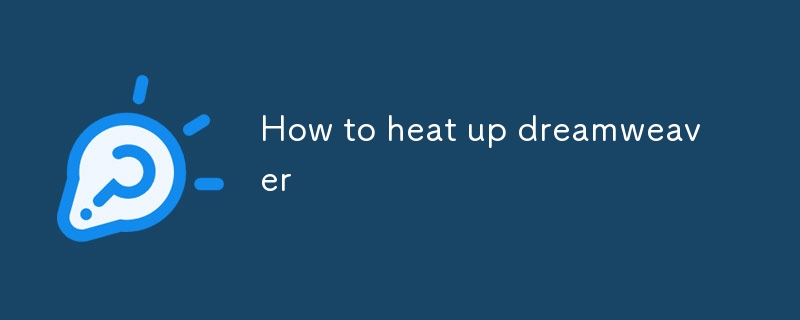
How to heat up dreamweaver
Article Introduction:This article explains how to create and style hyperlinks and image maps (hotspots) in Dreamweaver. It details methods using the program's interface and manual HTML coding, emphasizing CSS for efficient styling and the target="_blank&quo
2025-03-06
comment 0
638

Finance Tracker Interface
Article Introduction:Here’s a beginner-friendly finance app using HTML and CSS. This project will create a simple interface where users can view a balance summary, add income, and track expenses. It will focus on design and layout, without JavaScript functionality, makin
2024-12-17
comment 0
1018

How to display the content of the interface with xml
Article Introduction:XML is widely used to build and manage user interfaces. It defines and displays the interface content through the following steps: Define interface elements: XML uses tags to define interface elements and their properties. Building a hierarchy: XML organizes interface elements according to hierarchical relationships to form a tree structure. Using Stylesheets: Developers use stylesheet languages ??such as CSS or XSL to specify the visual appearance and behavior of elements. Rendering process: A browser or application uses an XML parser and stylesheet to parse an XML file and render interface elements to make it visible on the screen.
2025-04-02
comment 0
991
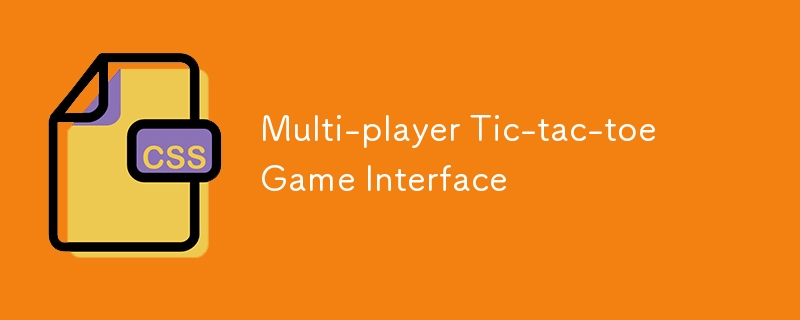
Multi-player Tic-tac-toe Game Interface
Article Introduction:Here’s an interface for a multiplayer Tic Tac Toe game using HTML and CSS. This project focuses on creating a clean, responsive, and interactive layout for a two-player game. It sets up the structure for the game board, player indicators, and basic s
2024-12-18
comment 0
993
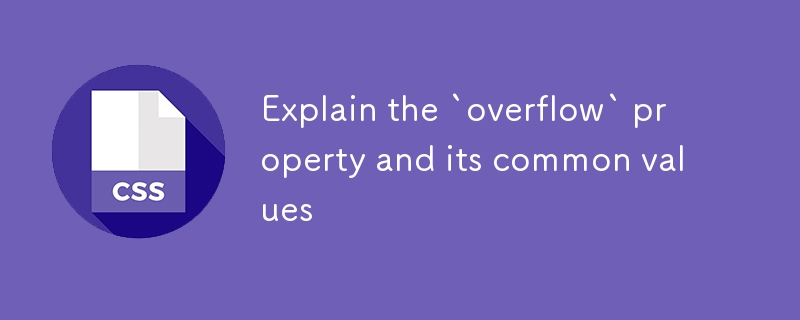
Explain the `overflow` property and its common values
Article Introduction:overflow is an attribute in CSS that controls the overflow behavior of element content. Common values include: 1.visible (default, no cropping when content overflows); 2.hidden (overflow content is hidden, keeping the interface neat but information may be lost); 3.scroll (always display scroll bars, prompting the user to scroll); 4.auto (only display scroll bars when overflows, most commonly used). When using it, you need to pay attention to the layout environment, white-space settings and mobile compatibility. Reasonable application can improve the interface control effect.
2025-07-22
comment 0
327

CSS Animations
Article Introduction:CSS animation: The key tool to enhance user experience
Core points:
CSS animation is a key tool to enhance the user experience, adding depth and meaning to interactions, guiding users to browse the interface, and providing user action feedback.
While JavaScript also provides animation features, CSS is the easiest way to get started with animation. JavaScript-based animations can be more complex and resource-intensive, which may slow down page loading times on slower connections or mobile devices.
CSS animations can be launched immediately with just a web browser and text editor, an easy to access and efficient way to bring your design to life. CSS animation has great potential, from smooth transition to using keyframes to creating complex effects.
Animation is becoming a must
2025-02-17
comment 0
1159

Frontend Performance Optimization for Mobile Devices
Article Introduction:The performance optimization of the front-end mobile terminal needs to be based on the characteristics of the mobile terminal. 1. Reduce the number of requests and resource volume on the first screen, including merging JS/CSS files, using on-demand loading, compressing pictures and selecting appropriate formats; 2. Use caching strategies to reduce duplicate loading, such as setting up HTTP cache headers, using ServiceWorker precache, and local storage of interface data; 3. Optimizing rendering performance and interactive experience, avoiding forced synchronization of layouts and long tasks, simplifying page structure, and delaying non-critical animations; 4. Use lightweight frameworks and modern features, such as choosing Preact/Svelte, enabling TreeShaking, using native APIs, enabling HTTP/2 and Brotli compression.
2025-07-20
comment 0
407

Frontend Performance: Largest Contentful Paint (LCP) Optimization
Article Introduction:To optimize LCP, you need to start from four aspects: image resources, server response, render blocking resources and preload management. 1. Image optimization includes using WebP/AVIF format, setting srcset and sizes, compressing sizes and delaying loading non-first-screen images; 2. Improve server response speed can be achieved through CDN, HTTP/2 or 3 and optimizing back-end interface performance; 3. Optimizing JS/CSS, delaying non-critical scripts, inline key CSS and deleting redundant code; 4. Use linkpreload to preload key resources, optimize font loading and adjust resource priorities, thereby accelerating content presentation and improving user experience and SEO performance.
2025-07-20
comment 0
407

How can I customize the phpMyAdmin interface appearance using themes?
Article Introduction:Yes, phpMyAdmin supports interface theme customization. Users can select preset themes through the Theme drop-down menu in the lower right corner of the interface and click Go to the app; the default theme is located in the installation directory themes/folder, or you can download and unzip the third-party theme from a trusted source to this directory; custom themes need to copy the existing theme folder and rename it, edit css/theme.css.php to modify the style, replace the pictures and test the effects; when using the theme, you should back up the settings, avoid modifying the core files, troubleshoot errors in a timely manner, and name the custom themes clearly to improve personalized experience without affecting the functions.
2025-06-28
comment 0
217

The HTML `progress` Element for Loading Indicators
Article Introduction:The progress element of HTML is suitable as a web page loading indicator. 1. When determining the progress, the ratio is set through the value and max attributes, and can be dynamically updated in combination with JavaScript; 2. When uncertain progress, the value attribute is omitted and displayed as a continuous animation; 3. The style can be customized through CSS, but the browser compatibility is different; 4. Abuse should be avoided when using it, and attention should be paid to accessibility and clean interface. Rational use of progress can improve user experience without additional dependencies.
2025-07-22
comment 0
185










